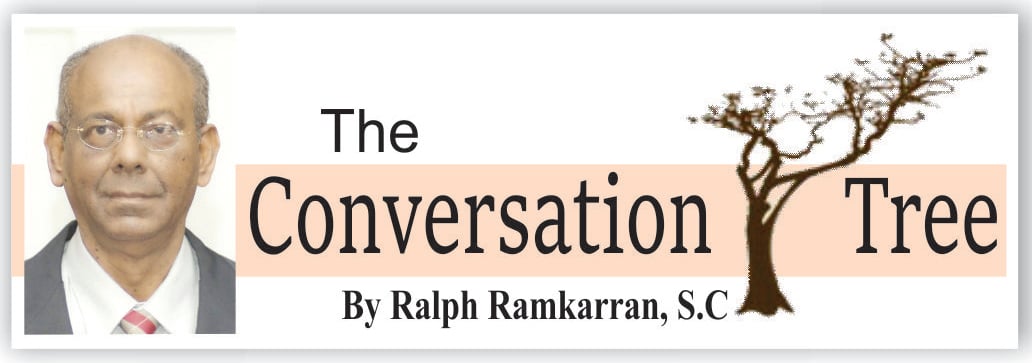By 2012 African journalists were questioning the origins of Isabel dos Santos’s wealth. But as one commented: “Who’s going to listen to an African journalist?” (Guardian 24/1/20) By 2018, no one bothered asking anymore. Rui Pinto, a Portuguese hacker, facing imprisonment for hacking into football and publishing and exposing questionable practices, also did the same in relation to Isabel dos Santos, the daughter of former President of Angola for 38 years, Jose Edwardo dos Santos. He hacked and released, in what has become known as the ‘Luanda Leaks,’ a mountain of information, over 700,000 documents, exposing the origin, sources and amassing of the over US$2 billion fortune of Isabel dos Santos. The documents were obtained by the Platform to Protect Whistleblowers in Africa and shared with the International Consortium of Investiga-tive Journalists (ICIJ). They have been investigated by 37 media organisations.
The BBC reported that the leaked documents reveal that Isabel dos Santos obtained lucrative deals involving land, oil, diamonds and telecoms while her father was President. Ms. dos Santos and her husband, Sindika Dikolo, were allowed to buy valuable state assets in suspicious deals. But the bulk of their fortune is based on their ownership of a stake in the Portuguese energy company, Galp, which one of her companies bought from Sonangol, the state owned Angolan oil company, for a deposit of 15% of the purchase price and the balance of US$70 million converted into a low interest loan. The loan was repaid when Ms. dos Santos was head of Sonangol. The repayment was accepted in full even though it did not include US$10 million interest. Their share in Galp is now worth US$800 million.
The saga of Sondiam symbolizes the entire history of Ms. dos Santos’s business practices in Angola. Her husband signed an agreement with the state-owned diamond company, Sondiam, to be 50-50 partners to purchase a stake in Swiss jewellers, De Grisogono. The sale was, however, wholly funded by Sondiam which invested US$79 million in the partnership, while Mr. Dikolo contributed US$4 million. But he was paid 5 million Euros as a success fee for brokering the deal. Sondiam had borrowed the money at 9% interest from a bank in which Ms. dos Santos was the largest shareholder and the loan was guaranteed by the State. At the end, De Grisogono declined substantially and Sondiam lost $200 million. This was the basic pattern since the earliest days when the couple was given the right by the President, Ms. dos Santos’s father, to buy the country’s diamonds.
Angola did not have it easy. Guerilla struggle for Independence lasted from 1962 to 1974. A civil war lasted from 1975 until 2002. 50,000 people died, one million were injured and agriculture and infrastructure were destroyed. Despite producing oil since 1974, today at some 1.7 million barrels a day, and showing some economic progress in the first decade of this century with high (11 percent) growth rates, Angola remains a poor country with three in four children living in poverty and deprived of health and education. According to the Multidimensional Poverty Index, 48% of the population was classified as poor. It is estimated that half of Angolans, of whom there are 30.8 million, live on less than US$2 a day.
At the same time, the Transparency International Corruption Perception Index places Angola at 146 out of 180. In the meantime, corruption thrives. According to the GAN Business Anti-Corruption Portal’s 2016 report, corruption remains widespread. Practices of nepotism, cronyism and patronage pervade procurement. The oil and mining sectors are especially high risk areas. Clientilistic networks govern the conduct of business with companies fronting for government officials. Bribery, illicit enrichment and conflict of interest are criminal offences but prosecutions are rare. Gifts and facilitation payments are a common part of doing business.
Should Guyana take note of Isabel dos Santos? The answer is a resounding yes. Since 2012 questions were being asked about her. No doubt the answer was another question, with which Guyanese would be familiar: ‘Where’s the evidence?’ It took a hacker to provide it, to avoid a prison sentence over another hack. Guyana’s procurement institutions are weak. Its anti-corruption and bribery laws are weak. Its anti-corruption institutions, where they exist are weak. Its natural resources fund can be plundered. Guyana is a sitting duck.
Guyana has had serious and credible allegations of governmental corruption, nepotism, lack of transparency and accountability against both governments. Yet the minimal requirements of the Integrity Commission are not complied with by many government officials. Both major political parties are aware of the vast expansion of corruption since 1992 and that it has permeated into the deepest reaches of our society. Yet this issue, as dangerous to the well-being of Guyanese as poor health and education standards, or perhaps worse, has received little attention from the major parties in our elections season.
But laws are not enough. Angola shows that the existence of laws did not and does not stop corruption. Isabel dos Santos shows that connections, not necessarily familial, as demonstrated in Guyana and elsewhere, would override all obstacles, including laws. Guyana needs airtight laws, independent enforcement agencies, and the building every day of a culture of integrity. Above all, it needs committed politicians.






